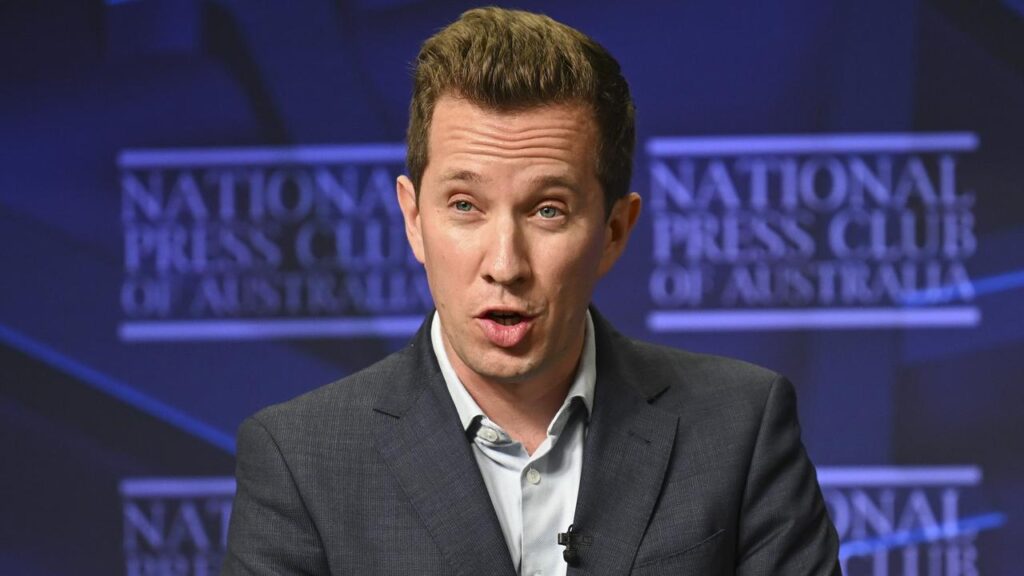‘Case for a rate cut is getting stronger’: Deloitte
Written by admin on October 22, 2024
The Reserve Bank is being called on to cut the cash rate to help Australia’s flatlining economic growth outlook as cost of living pressures ease.
Australia’s economy is predicted to grow at just 1.2 per cent for the 2024-2025 financial year, the latest Deloitte Access Economic Business Outlook released on Wednesday forecasts.
Deloitte has raised concerns about the RBA’s focus on using the cash rate to control demand and inflation when instead the priority should be increasing supply.
The RBA considers the level of demand is too high relative to supply and that is putting upward pressure on prices, which economics partner and report author Stephen Smith says is “debatable”.
“Even if it is the case that the level of demand in Australia is too high relative to supply, surely the solution is to lift supply through improved productivity, not to crush demand with higher interest rates,” Mr Smith said.
The RBA raised rates 13 times in an 18-month period to target inflation, putting upward pressure on households and rents. The central bank has held the rate at 4.35 per cent since November last year.
These higher rates are also adding to the construction sector woes, which have faced higher wages and material costs since the pandemic.
With higher costs, Deloitte Access Economics has revised down its housing forecast to fewer than 1 million new dwellings in the next five years, well below the federal government’s target of 1.2 million homes.
Report co-author Cathryn Lee said “housing and rental costs have also been exacerbated by higher interest rates”.
“But with inflation decelerating and economic growth weak, the case for a rate cut is getting stronger,” she said.
“While the timing remains uncertain, Deloitte Access Economics expects that subsequent inflation prints will lead the RBA to start cutting interest rates in February 2025.”
Instead of holding rates higher, Deloitte said the worst of the post-pandemic inflation surge was behind us, with Australia needing to instead focus on structural challenges that threaten our living standards.
“These structural challenges largely exist on the supply-side of the economy, which consists of three key drivers: population, participation, and productivity. Right now, all three are in focus.”
Political support for growing the population through immigration was waning following net gains of 518,000 people in 2023 and the pressures it is putting on the housing supply.
Expectations of a pre-Christmas cash rate cut were dashed after the September labour force data was stronger than expected.
The unemployment rate was steady at 4.1 per cent in September, with the participation rate at a record high of 67.2 per cent, meaning the participation rate is maxed out
The RBA has two more board meetings this year to discuss the cash rate – November 5 and December 10. The first meeting for 2025 is in February, when Deloitte expects the board to cut.
But it says the focus to help the economy should move to productivity as the key.
More Coverage
“Nobody should pretend that boosting productivity growth is easy. But some of the more obvious opportunities are being left on the table,” Mr Smith said.
“Reform drums seem to beat louder each year, and yet action on reform remains stalled.
“Two decades without major reforms have left Australians with a sluggish and uninventive economy full of oligopolies in key sectors.”
Read related topics:Reserve Bank







